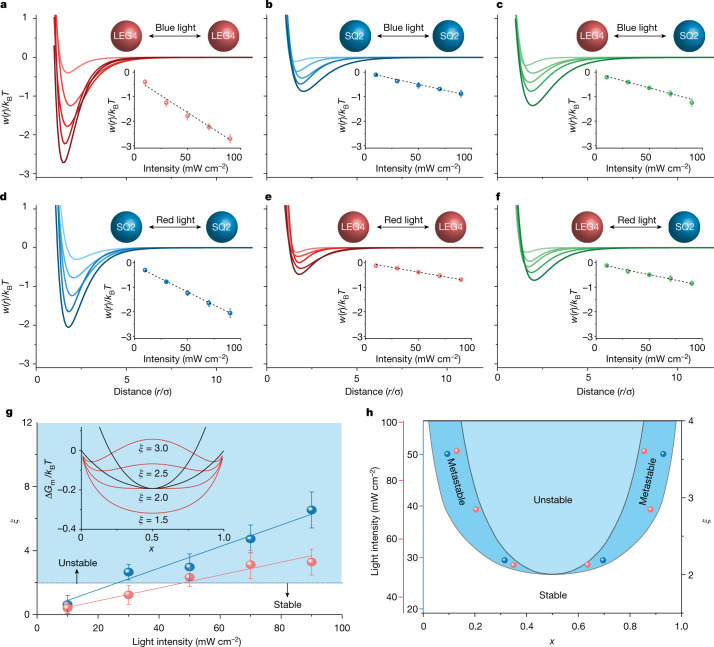Fig. 2. Spectral selective effective potential of dye-sensitized-colloid modulated with illumination.
a–c, The fitted apparent pair potentials of LEG4–LEG4 sensitized (a), SQ2–SQ2 sensitized (b) and LEG4–SQ2 sensitized TiO2 colloids (c) under blue light (440–480 nm) illumination with various intensity (10, 30, 50, 70 and 90 mW cm−2). d–f, The fitted apparent pair potentials of SQ2–SQ2 sensitized (d), LEG4–LEG4 sensitized (e) and LEG4–SQ2 sensitized TiO2 colloids (f) under red light (640–660 nm) illumination with various intensities (10, 30, 50, 70 and 90 mW cm−2). The particle–particle distance r is normalized by particle diameter σ. Insets show the linear dependence of particle’s bonding strength to the illumination intensity. g, The ξ dependence on blue (blue line) and red (red line) light intensity, where ξ = 2 is the phase stability boundary. Inset shows the ξ variation of the Gibbs energy of the binary mixture. h, The theoretical phase diagram of the active binary mixture with respect to red and blue light intensities (left axis) and ξ (right axis). Inset points show the obtained phase compositions as observed experimentally, where red and blue points represent the condensed phases with red and blue light illumination, respectively.

